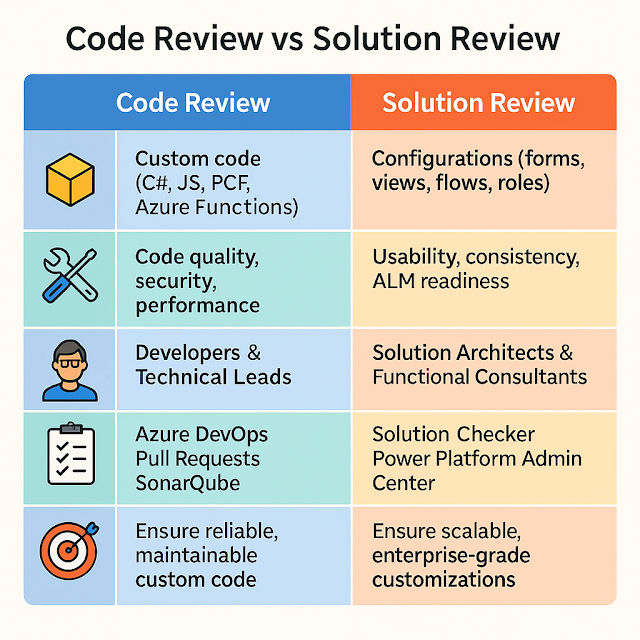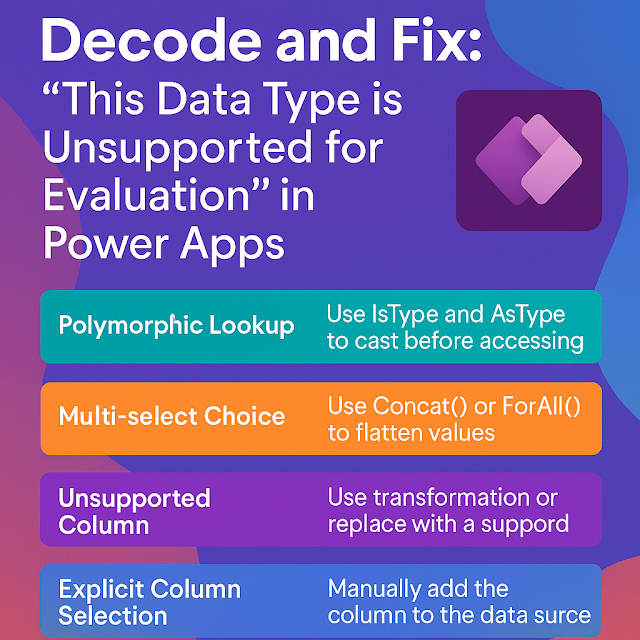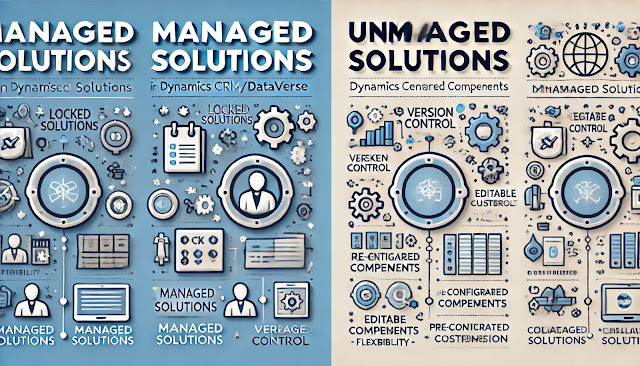Code Review vs Solution Review: Why Both Matter in Power Platform
In the Power Platform world, we often talk about code reviews for plugins, custom APIs, or PCF components. But what about the customizations—like forms, views, security roles, and workflows? These also need careful attention. That’s where Solution Reviews step in.
In this blog, we’ll unpack both practices, show why they’re essential, and share how architects and developers can work together to keep your environments healthy.
What’s the Difference?
What Happens in a Code Review?
A Code Review focuses on technical correctness and follows practices like:
- Verifying naming conventions and coding standards
- Checking for secure coding (e.g., parameterized queries, no hard-coded secrets)
- Assessing performance (e.g., avoid expensive queries in plugins)
- Reviewing error handling and logging
- Ensuring test coverage with unit tests
Example: Reviewing a plugin that calculates discounts to ensure it doesn’t run synchronously on every save, causing performance hits.
What Happens in a Solution Review?
A Solution Review focuses on how customizations align with enterprise needs:
- Form Design – Are forms optimized for mobile? Do they load too many fields?
- Views & Dashboards – Are filters efficient? Are charts aligned with business KPIs?
- Security Roles – Are roles assigned correctly? Are field-level security and DLP policies enforced?
- Workflows & Cloud Flows – Are flows well-structured? Are they avoiding unnecessary synchronous operations?
- ALM Readiness – Is the solution properly segmented (managed/unmanaged)? Are publisher prefixes used?
Example: Catching a workflow that accidentally loops due to poor triggering logic before it slows down production.
Why Both Reviews Are Critical
Security
- Both code and configurations can expose vulnerabilities if not reviewed.
Performance
- Poor plugin code or over-configured forms/views can degrade user experience.
ALM and Deployment
- Managed solutions and clean code ensure seamless deployments.
Maintainability
- Future upgrades and feature requests are easier when standards are followed.
Tools for the Job
Best Practices for Both Reviews
For Code Review:
- Follow Microsoft’s Secure Coding Guidelines
- Use dependency injection for plugins
- Avoid synchronous operations where possible
For Solution Review:
- Use Solution Layers to track customizations
- Always use a Publisher Prefix
- Document all changes for ALM
Architect + Developer Collaboration
- Developers handle code quality.
- Architects focus on solution design and ALM.
When they collaborate during reviews, they create robust, scalable apps that won’t buckle under enterprise workloads.
Key Takeaway
Code Review ensures your custom logic is secure and performant.
Solution Review ensures your configurations are scalable and aligned with enterprise best practices.
Together, they form the backbone of successful Power Platform ALM.













Comments
Post a Comment